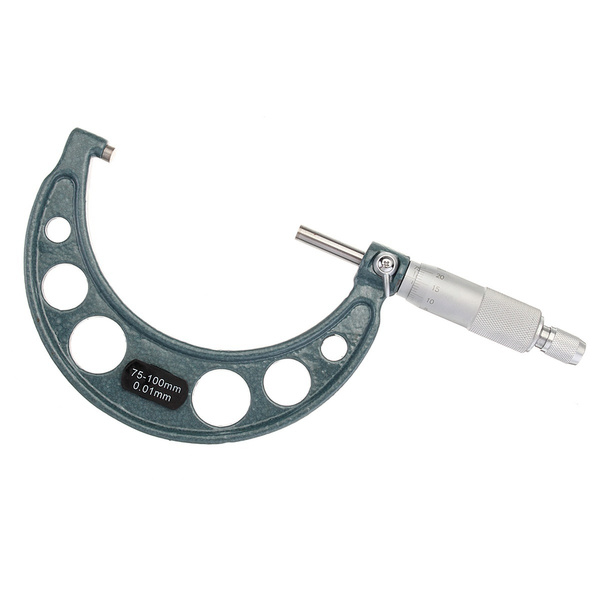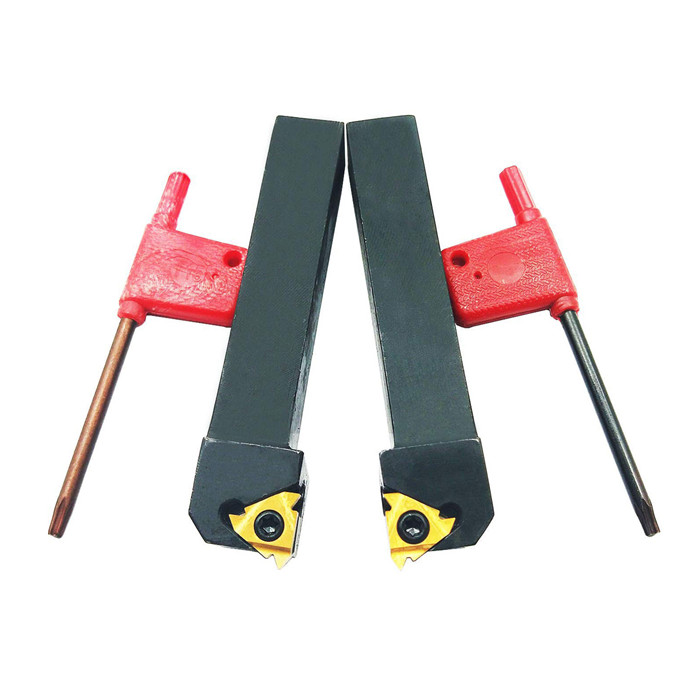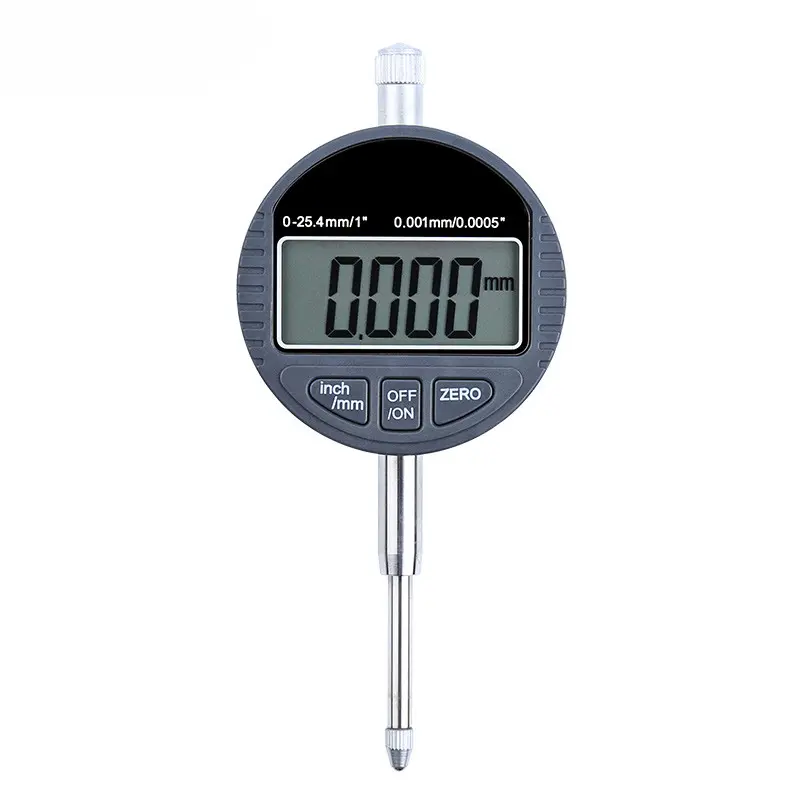Round Adjustable Split Die Supplier
Round Adjustable Split Dies are essential tools for creating external threads with accuracy and ease. These dies, also known as button dies or threading dies, allow for minor adjustments to achieve the precise thread size needed for a perfect fit. Understanding their types, uses, and selection criteria is crucial for anyone involved in machining, metalworking, or DIY projects requiring threaded fasteners.
Understanding Round Adjustable Split Dies
What is a Round Adjustable Split Die?
A Round Adjustable Split Die is a type of threading die used to cut external threads on rods or bars. The die is split, allowing for fine adjustments to the cutting diameter via a screw mechanism. This adjustability compensates for wear and tear on the cutting edges and enables the user to create threads to specific tolerances.
Key Features of Round Adjustable Split Dies
- Adjustability: The split design allows for minor adjustments to the cutting diameter.
- Material: Typically made from high-speed steel (HSS) for durability and long life.
- Shape: Round shape, designed to fit into die stocks for manual threading.
- Applications: Used for creating threads on various materials, including steel, aluminum, and plastic.
Types of Round Adjustable Split Dies
Standard Round Adjustable Split Dies
These are the most common type, suitable for general-purpose threading applications. They come in a range of sizes to match standard thread forms like Metric, UNC, UNF, and NPT.
High-Speed Steel (HSS) Round Adjustable Split Dies
HSS dies are made from high-speed steel, offering superior hardness and heat resistance compared to carbon steel dies. They are ideal for threading harder materials and for production environments where durability is paramount.
Titanium Nitride (TiN) Coated Round Adjustable Split Dies
TiN-coated dies have a thin layer of titanium nitride applied to the cutting edges. This coating reduces friction, increases wear resistance, and prolongs the life of the die, especially when threading abrasive materials.
Applications of Round Adjustable Split Dies
Metalworking and Machining
In metalworking and machining, round adjustable split dies are indispensable for creating threaded fasteners, repairing damaged threads, and fabricating custom components. Their adjustability allows machinists to fine-tune the thread fit to meet exacting specifications.
DIY and Home Improvement
DIY enthusiasts and home improvement professionals use round adjustable split dies for a variety of projects, such as repairing stripped bolts, creating custom threaded rods, and modifying existing hardware. The ease of use and adjustability of these dies make them ideal for occasional threading tasks.
Automotive Repair
Automotive repair often involves working with threaded components. Round adjustable split dies are used to clean up damaged threads on bolts and studs, ensuring proper fit and function. They are also used to create new threads on custom parts or modifications.
Selecting the Right Round Adjustable Split Die
Thread Size and Type
The first step in selecting a round adjustable split die is to determine the required thread size and type. This includes the diameter, pitch, and thread form (e.g., Metric, UNC, UNF, NPT). Refer to thread charts and specifications to ensure you select the correct die.
Material Compatibility
Consider the material you will be threading. Softer materials like aluminum and brass can be threaded with standard HSS dies. Harder materials like stainless steel and hardened steel require HSS dies with coatings like TiN or specialized carbide dies.
Die Stock Compatibility
Ensure that the round adjustable split die is compatible with your die stock. Die stocks are available in various sizes and configurations to accommodate different die diameters. Check the die stock specifications to verify compatibility.
Quality and Brand
Invest in high-quality dies from reputable brands like Wayleading Tools to ensure accuracy and durability. Cheaper dies may have inconsistent cutting edges and shorter lifespans.
Tips for Using Round Adjustable Split Dies
Preparation
Before threading, ensure that the workpiece is clean and free from burrs or sharp edges. Chamfer the end of the rod or bar to facilitate the entry of the die.
Lubrication
Apply cutting oil or lubricant to the die and workpiece during threading to reduce friction and heat. This will improve the quality of the threads and prolong the life of the die. Using a high-quality cutting oil from a brand like WD-40 is crucial for optimal performance.
Technique
Start threading by applying light pressure and turning the die stock clockwise. After a few turns, reverse the die slightly to break the chip and clear the threads. Continue threading in small increments, lubricating frequently.
Adjustment
Use the adjustment screw on the die to fine-tune the cutting diameter. Make small adjustments and test the thread fit until the desired tolerance is achieved.
Maintenance and Storage
Cleaning
After each use, clean the die with a brush and solvent to remove chips and debris. Dry the die thoroughly and apply a light coating of oil to prevent rust.
Storage
Store round adjustable split dies in a dry, protected environment to prevent damage and corrosion. Use a dedicated die storage case or cabinet to keep the dies organized and easily accessible.
Troubleshooting Common Issues
Thread Stripping
Thread stripping can occur if the die is forced or if the material is too hard. Reduce the cutting pressure, use a sharper die, or switch to a die with a more aggressive cutting angle.
Cross-Threading
Cross-threading happens when the die is not aligned properly with the workpiece. Ensure that the die is perpendicular to the rod or bar and apply even pressure during threading.
Rough Threads
Rough threads can be caused by dull cutting edges or insufficient lubrication. Sharpen the die, apply more lubricant, or use a higher-quality cutting oil.
Where to Buy Round Adjustable Split Dies
Round adjustable split dies can be purchased from a variety of sources, including:
- Online Retailers: Websites like Amazon and eBay offer a wide selection of dies from various brands.
- Industrial Supply Stores: Stores like McMaster-Carr and Grainger specialize in industrial supplies and carry a comprehensive range of threading tools.
- Local Hardware Stores: Many local hardware stores stock basic round adjustable split dies for common thread sizes.
- Specialty Tool Suppliers: Companies like Wayleading Tools offer specialized threading tools and custom solutions.
Conclusion
Round Adjustable Split Dies are versatile and essential tools for creating precise external threads. By understanding their types, applications, and selection criteria, you can choose the right die for your specific needs and achieve professional-quality results. Remember to follow proper techniques for using and maintaining these tools to ensure longevity and performance. Whether you are a professional machinist or a DIY enthusiast, a quality round adjustable split die is an invaluable addition to your toolbox.
Related products
Related products
Best selling products
Best selling products-
 Precision Monoblock Vernier Caliper With Nib Style Jaws Of Metric & Imperial For Industrial
Precision Monoblock Vernier Caliper With Nib Style Jaws Of Metric & Imperial For Industrial -
 Precision 17pcs Angle Blocks Set With High Quality Type
Precision 17pcs Angle Blocks Set With High Quality Type -
 R8 Drill Chuck Arbor For Milling Machine
R8 Drill Chuck Arbor For Milling Machine -
 Parting & Grooving Tool Set With SLTB Blcok, NCIH Blades, GTN Inserts
Parting & Grooving Tool Set With SLTB Blcok, NCIH Blades, GTN Inserts -
 Precision V Block And Clamps Set With Heavy Duty
Precision V Block And Clamps Set With Heavy Duty -
 58pcs Clamping Kit With Metric & Inch Size
58pcs Clamping Kit With Metric & Inch Size -
 Precision 10pcs & 12pcs Angle Blocks Set With High Quality Type
Precision 10pcs & 12pcs Angle Blocks Set With High Quality Type -
 Type M Cone Tungsten Carbide Rotary Burr
Type M Cone Tungsten Carbide Rotary Burr -
 Metric ER Collets With Hight Precision Milling
Metric ER Collets With Hight Precision Milling -
 MT-APU Drill Chuck Holder With Keyless Type
MT-APU Drill Chuck Holder With Keyless Type -
 Outside Micrometer Of Premium Industrial Inch & Metric With Rachet Stop
Outside Micrometer Of Premium Industrial Inch & Metric With Rachet Stop -
 Type A Cylinder Tungsten Carbide Rotary Burr
Type A Cylinder Tungsten Carbide Rotary Burr











